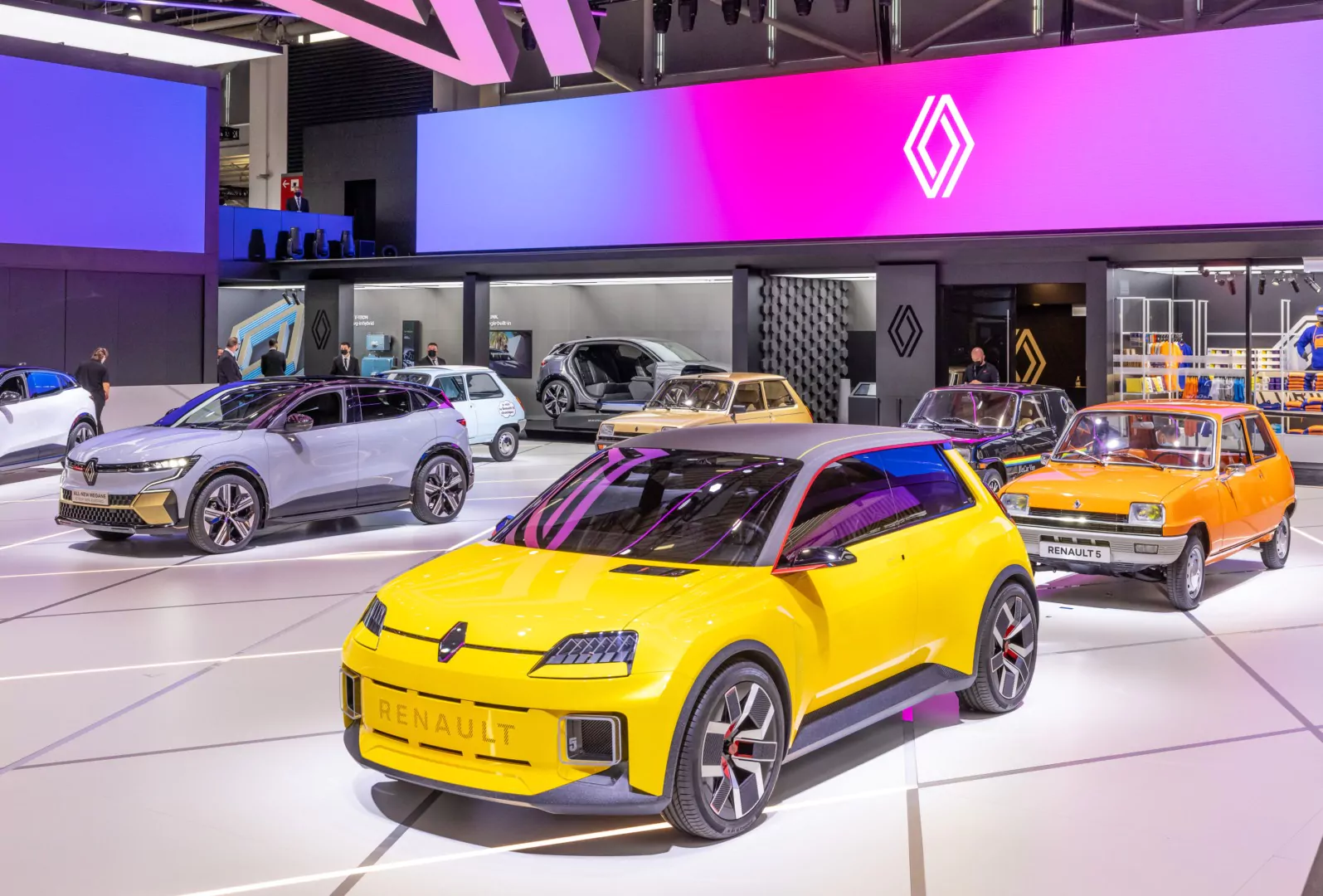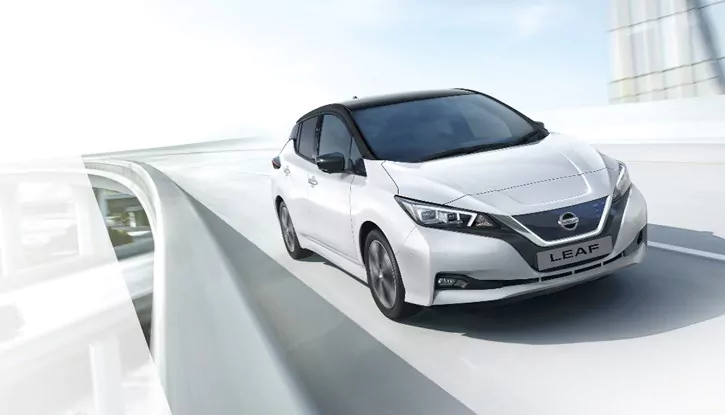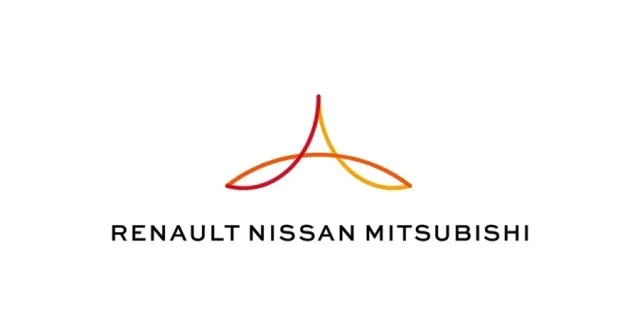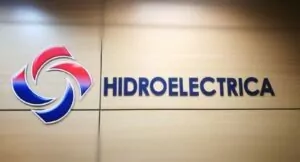Renault, Nissan, and Mitsubishi today announced joint projects and development plans until 2030. The organizational system defined in May 2020, under which each new technology is developed by a project leader with the support of the other partners, allows each member of the Alliance to have access to all technologies.
Urmărește mai jos producțiile video ale Economedia:
- articolul continuă mai jos -
In addition, the Alliance has defined a common roadmap for 2030 focused on 100% electric vehicles and smart & connected mobility, as well as joint investments for the benefit of the three-member companies and their customers.
Alliance members have developed a “smart differentiation” methodology that defines the level of common elements for each vehicle, integrating parameters on the use of possible resources such as platforms, manufacturing plants or powertrains. This methodology is complemented by a stricter approach to product differentiation at the design level. For example, five models for three Alliance brands (Nissan Qashqai and X-Trail, Mitsubishi Outlander, Renault Austral, and a future seven-seater SUV) will be built on the common platform for the C and D segments.
Alliance members will in the future increase the use of common platforms from 60% today to more than 80% of the 90 models available in 2026. This will allow each company to focus more on customer needs, on the most profitable models and on key markets, taking advantage of innovations developed at Alliance level.
As part of this strategy, Mitsubishi Motors will strengthen its presence in Europe with two new models, including the new ASX, based on a Renault model.
Five common platforms for electric vehicles
The three companies have already invested more than €10 billion in electrification. In the main markets (Europe, Japan, United States, China), 15 of the alliance’s plants are already producing components, motors and batteries for 10 electric models. So far, more than one million electric vehicles have been sold, covering 30 billion kilometers.
The Alliance will invest €23 billion in electrification over the next five years, with 35 new electric models to be launched by 2030.

90% of these models will be built on five common platforms, covering most markets:
- CMF-AEV, the world’s most affordable electric platform, on which Dacia Spring is built;
- KEI-EV (mini segment vehicle) – a family of platforms for ultra-compact electric vehicles;
- LCV-EV, a family of utility vehicle platforms as the basis for the Renault Kangoo and Nissan Town Star;
- CMF-EV, a flexible global electric platform. It will be unveiled in a few weeks as the basis for the Nissan Ariya EV crossover and Renault Megane E-Tech Electric. The CMF-EV platform, with its technical innovations and the potential offered by its modularity, is a benchmark for the Alliance partners’ next generation of electric vehicles. It has been designed to integrate and optimise all the specific elements of a 100% electric drivetrain, including a new high-performance engine and an ultra-slim battery. By 2030, more than 15 models will be built on the CMF-EV platform, with an annual production volume of up to 1.5 million units.
- The CMF-BEV, the world’s most competitive compact electric platform, will be launched in 2024. It will offer a range of up to 400 km; its aerodynamic performance is outstanding, allowing cost savings of up to 33% and energy consumption savings of more than 10% compared to the current Renault ZOE. 250,000 vehicles will be built annually on this platform under the Renault, Alpine and Nissan brands. These include the Renault R5 and the new compact electric model that will replace the Nissan Micra. It will be produced at the Renault ElectriCity industrial centre in northern France.
Joint battery strategy and planned production capacity of 220 GWh
The member companies have decided to adopt a common Alliance-wide battery strategy, which has led, among other things, to the selection of a common battery supplier for Renault and Nissan in the main markets.
Alliance members are working with joint partners to reduce the cost of batteries by 50% by 2026 and 65% by 2028.
By 2030, the Alliance will have a total battery production capacity of 220 GWh in its specialized plants around the world.
The Alliance also aims to develop all-solid-state battery (ASSB) technology. Nissan will take the lead in this area and the results will be available to all Alliance members.
ASSB batteries will have double the energy density of the current generation of lithium-ion batteries. Charging time will also be reduced by a third, allowing customers to drive longer distances in their cars.
The aim is to achieve mass production of ASSB batteries by mid-2028. Looking ahead, the aim is to bring costs down to $65 per kWh, which will make electric vehicles cost equivalent to combustion engine vehicles, accelerating the transition to electric mobility.

Unlike other players in the industry, Alliance members have decided to have full control over both hardware and software, which allows for monitoring battery health and improving technology.
An agreement was recently signed with the Ionity network that will allow Alliance customers to access the company’s ultra-fast charging network in Europe at a preferential price.
25 million vehicles connected to the Alliance cloud by 2026
With 20 years of experience in advanced driver assistance systems (ADAS) and autonomous driving, the Alliance continues to invest in the development of technologies designed to deliver the highest level of driving safety, exemplified by the highly regarded ProPILOT system developed by Nissan.
By 2026, more than 10 million of the Alliance’s 45 models will be equipped with autonomous driving systems.
Currently, 3 million vehicles are connected to the Alliance Cloud, exchanging data continuously.
By 2026, more than 5 million Alliance Cloud systems will be delivered each year, bringing the number of connected vehicles on the road to 25 million. The Alliance will be the first global original equipment manufacturer (OEM) to introduce the Google ecosystem into its vehicles.
The Alliance will also develop a single centralized electronic and electrical architecture, encompassing electronic hardware and software applications to deliver the optimum level of performance. Renault will lead this project.
The alliance will also launch in 2025 its first vehicle whose software can be integrated into customers’ digital ecosystem, offering them a personalized experience, new services, and reduced maintenance costs. Such vehicles will be able to communicate with connected objects, users, and charging infrastructure, opening up new opportunities for both customers and Alliance member companies.

 Sursa foto: Renault
Sursa foto: Renault





























